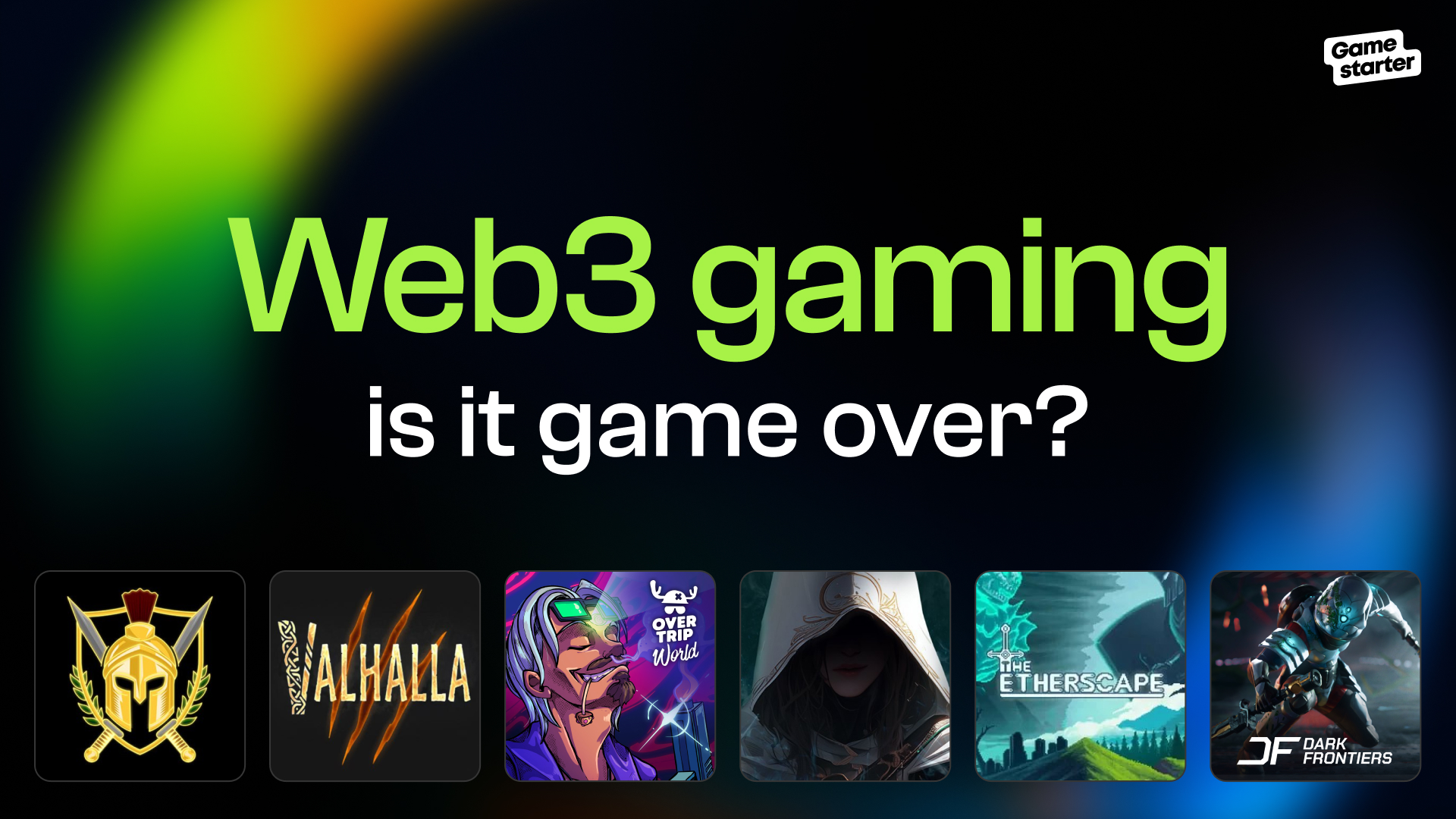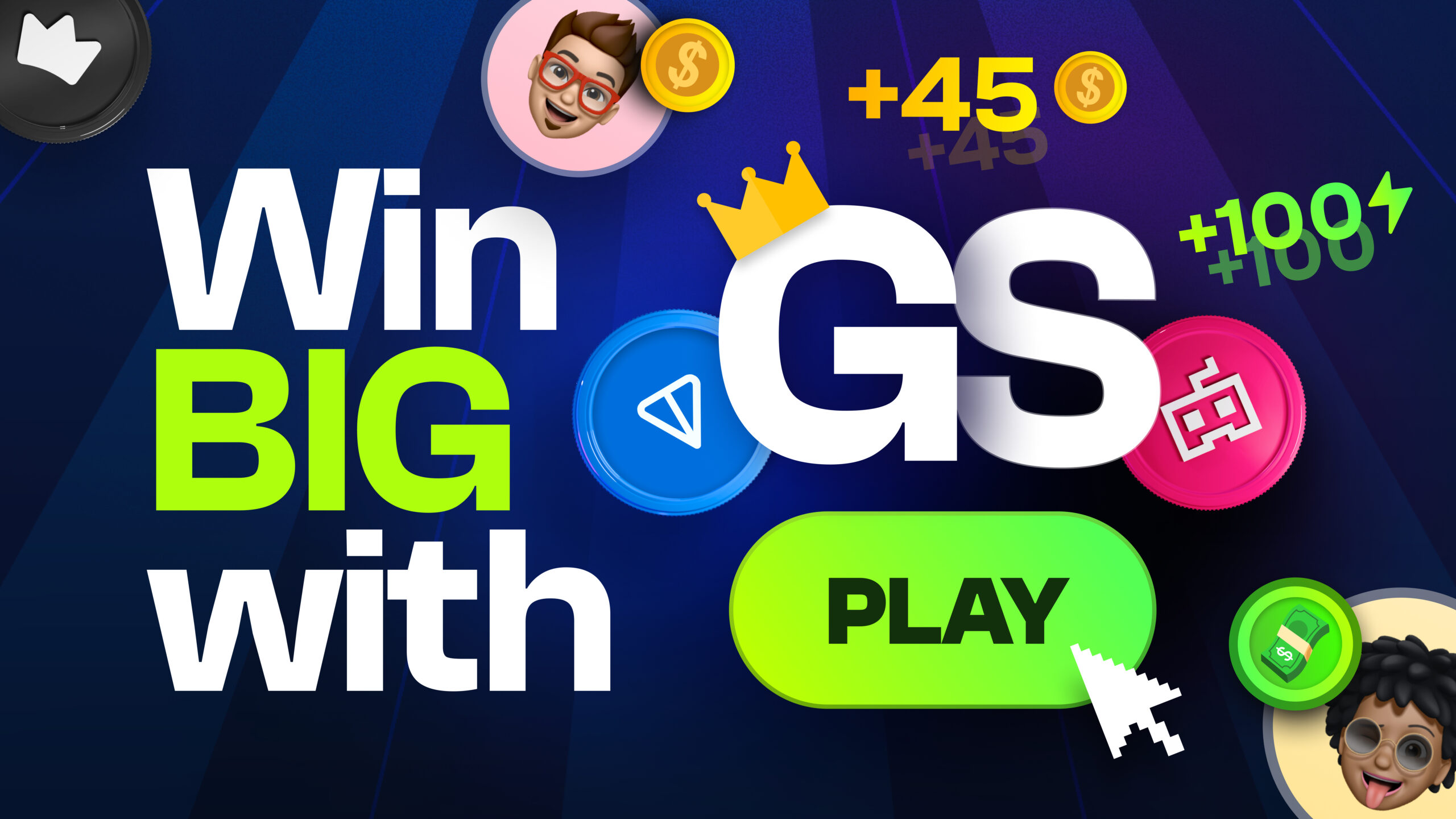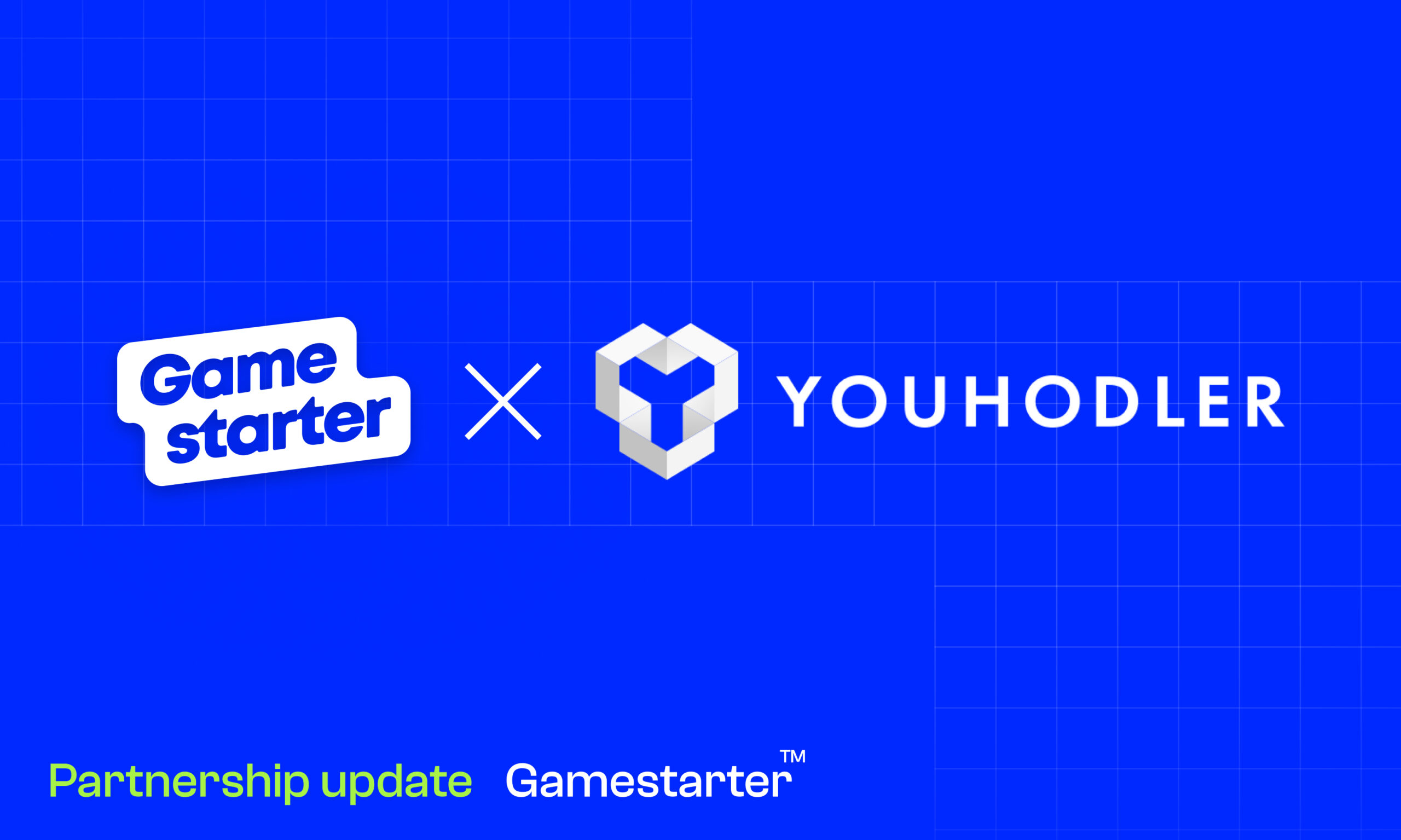NFTs: What’s Working. The Utility



Become part of exclusive group that shapes GS Future
NFTs are digital assets designed to represent real-world possessions like paintings, music, etc.
Because they are difficult to counterfeit and can preserve the value of real-world assets, NFTs have become exceedingly popular.
How popular?
The NFT market managed impressive monthly sales of over US$2.5 billion in recent months, reaching a high of US$12.6 billion in January 2022.
Analysts expect whales with substantial portfolios and high net-worth individuals to continue driving sales into the industry. Interestingly, a surge in the number of unique buyers shows that everyday investors are also embracing this novel asset class.
But what happens when investors no longer rely on industry experts to provide accurate forecasts about the future price of goods and instead rely on social media for investment decisions?
The speculative bubble bursts.
Several factors contributed to the 2022 crypto crash that caused NFT sales to drop by over 150% — but it’s becoming apparent NFTs require practical, real-world applications to achieve sustainability.
Presenting Utility NFTs
Beyond simply creating pixelated art, NFTs could have endless applications.
Think about an economy where the deed to your house is an NFT. The digital document would record all modifications in real time, making selling a cinch. Forgery would be unfeasible since nobody could alter the NFT.
NFT holders want to feel like they are part of an exclusive club, and the option to own a token with real-world value is the solution.
Utility NFTs, sometimes called NFTs 2.0, are all about providing users with something more than a JPEG.
With time, we’ve seen these utility NFTs manifest — for instance, GainForest, a Swiss blockchain-based non-profit committed to preserving rainforests, presents contributors with NFTs to symbolize natural forests and create governance tokens.
For everyday users, the Metaverse is creating a shared virtual world where utility NFTs could give owners entry tickets to games or exclusive virtual environments and help build communities.
What about PFPs?
The NFT craze has taken the hunt for distinctive and vibrant assets to a new level. PFPs are pioneering a movement and driving the demand for generative art avatar projects.
PFP NFTs are digital artworks individuals use to represent themselves online.
They combine multiple physical and psychological traits to create a visual representation of the person’s personality. They are essentially their representation in the Metaverse and a fun way of notifying others of their presence.
Taking on PFP NFTs
Regarding digital asset valuation, exclusivity always equals desirability.
A well-executed PFP project is the beginning of a brand many users can buy into, but beyond aesthetics, current PFPs offer minimal authentic utility.
Gamestarter is launching its NFT PFP collection to allow users to express themselves while participating in a community with similar values.
Like Bored Ape Yacht Club (BAYC), which provides asset owners access to member-only goods and an exclusive Yacht Club — Gamestarter’s anticipated collection will offer additional features to ensure reputational value for your NFTs.
The more you participate, the more you’re rewarded
Because Gamestarters is the only participants who can mint PFP NFTs, they receive exclusive privileges.
For instance, registering for 10 IGOs may unlock an airdrop, whereas participating in 25 IGOs may earn the supporter a percentage bonus.
Benefits of the Upcoming Gamestarter NFT PFP Collection
We will be creating inherent value with our collection in several ways:
- With our community-based PFP NFTs, we’re focusing more on democratization — with holders possessing voting rights and options to actively participate in decisions regarding Gamestarter Originals and any upcoming titles.
- To receive exclusive airdrops, Web3 and NFT communities’ VIPs must be longtime members or have earned this special status. Our collection of PFP NFTs is your one-way ticket to gaining access to any airdrops.
- On top of real-life and virtual utilities, Gamestarter can also access events and whitelists with our picture-for-proof NFTs.
- Early admission to try out new games on the platform.
A Win for the Industry
Although PFPs are still in their infancy stage, Twitter has allowed subscribers to connect their NFTs through their cryptocurrency wallets and display an NFT as their profile photo — and other social media platforms including Facebook, Instagram, and Reddit are following suit.
This positioning has helped PFPs evolve and carve out a niche in the industry, and we’re at the forefront.
By focusing on scarcity and utility, we will be giving our supporters a treasure trove of benefits and laying the groundwork for more meaningful crypto experiences.
Can you already picture your first PFP?

are registered trademarks. All rights reserved.
















